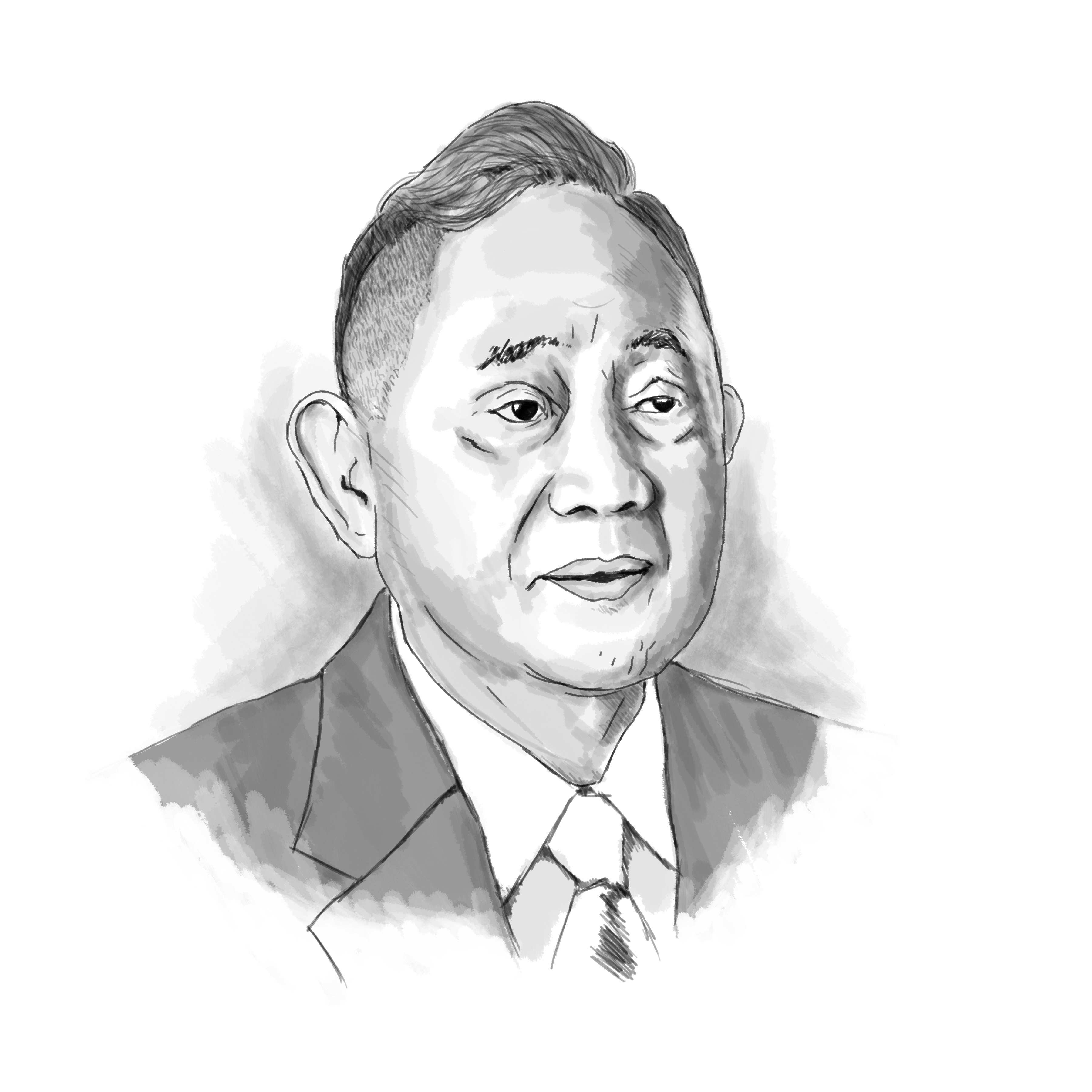The beginnings of our venture into international relations
PEACE-MAKER

Vietnam is where we spent our initial foray in international relations, as a 30-year-old presidential assistant, concurrently assigned as minister, economic and press counselor at the Philippine Embassy in Saigon, the South Vietnam capital then (now Ho Chi Minh, capital of the united Vietnam) from 1966 to 1969 during the then raging Vietnam War.
It was also in Vietnam, in 1967, where we conceived of, designed, and began the implementation of the historic dollar remittance program for the Philippine overseas workers, which rapidly enlarged each year and which now raises more than $30-billion a year for the Philippines, a continuing yearly bonanza for our Central Bank.
We first visited the south’s capital Saigon, now Ho Chi Minh City (with the north keeping its capital, Hanoi) in 1956, for the proclamation of the Vietnamese Constitution and the first anniversary of the Vietnam Republic following Vietnam’s partition at the waist in the 17th Parallel after the French forces’ classic defeat in the Battle of Dien Bien Phu.
We were then a 19-year-old journalist and fledgling foreign correspondent but rapidly promoted to Manila bureau chief of the first Asian news agency, the Pan Asia Newspaper Alliance, founded by the late Norman Soong, then Gen. Douglas MacArthur’s “favorite war correspondent” in World War II.
We also had a Pan Asia weekly column then, printed once a week in the old Philippines Herald, which in the old days was edited by the Pulitzer Prize-winning Carlos P. Romulo, who later became President of the U.N. General Assembly and then our Secretary of Foreign Affairs.
We went to Vietnam for the second time in 1959, as a 22-year-old journalist, when we were invited by then President Carlos P. Garcia to join him on a visit to Saigon. We remember sailing the Saigon River with President Garcia and the then South Vietnam President Ngo Dinh Diem aboard the Vietnamese leader’s presidential yacht. President Garcia also offered us the position of Press Attache at the Philippine Embassy in Vietnam or somewhere in Europe but we declined, with deep humility and gratitude, as we were then enamored with the adventure and honor of being a journalist at home and overseas.
As fate would have it, seven years after our Vietnam visit with President Garcia, we were back in Saigon, in 1966, as presidential assistant and minister and economic press counselor at the Philippine Embassy there. Vietnam was then a hotbed amid an escalating war with the United States under then President Lyndon B. Johnson.
That year, our Philippine government sent a contingent of the Philippine Civic Action Group (Philcag) and we welcomed the Philcag troops at the Saigon Airport with our veteran Ambassador Luis Salcedo, our co-minister Anastacio Bartolome, press attaché Joe Aligno and our military attaché, the Vietnam specialist Col. Joe Banzon, who was a friend of the legendary Cold War specialist Ed Landsdale. The Philcag had no combat duties, only civic action and engineering work, building roads, bridges, markets and hospitals but shielded by a security battalion. The Philcag mission was based in Tay Ninh province, near the border with Cambodia, was successful and much appreciated by the Vietnamese masses and not bothered by the militant Vietcong guerillas and by the Viet Minh.
It was in Vietnam where we became friends with the then young military officials who would later rise to national prominence, among them, Major Fidel V. Ramos, who became a hero of the Edsa People Power Revolution, Armed Forces chief, Defense Secretary and then President of the Philippines; Captains Jose Almonte, who became National Security Adviser under Ramos; Renato de Villa, later Defense chief; psy-war and civic action leader Jose Magno, Thelmo Cunanan, who became a general, and later, a highly-regarded ambassador to Cambodia; and capable Lieutenants Lisandro Abadia and Arturo Enrile, who later became heads of the Armed Forces, and many distinguished others.
In Vietnam, where we lived for four years, we also had the privilege of meeting and making friends with Admiral John McCain Sr., U.S. commander in the Pacific, whom we invited to Manila and father of the late Sen. John McCain, also a war hero shot down over North Vietnam skies, prisoner of war in Hanoi and who later ran but missed the presidency of the U.S. Admiral McCain helped our Armed Forces with the organization of our first Engineering Construction Battalion, and equipped with construction machinery.
Later, we invited and accompanied to Manila the most bemedalled World War II hero in Europe, Gen. Creighton Abrams, later U.S. Commander in Vietnam after whom the U.S. Abrams Tank was named, for he was the celebrated combat officer of the equally famed U.S. General George Patton, the feared and foremost Allied military commander then against the German forces. Abrams later also helped the Philippines with its first Armalite Battalion and engineering equipment for our Philcag troops in Vietnam, precursor of our Engineering Construction battalions today.